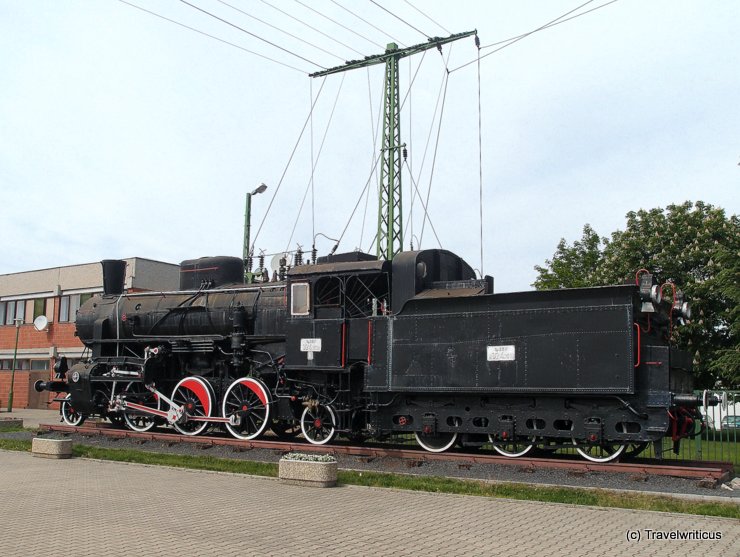Exploring Hungary: Culture, Economy, and Current Events

Introduction
Hungary, a landlocked country in Central Europe, is renowned for its rich cultural heritage, stunning architecture, and unique culinary traditions. With a population of approximately 9.6 million, Hungary stands out not only for its historical significance but also for its growing economy and pivotal role within the European Union. Understanding Hungary is crucial as it grapples with both opportunities and challenges in today’s rapidly changing global landscape.
Cultural Significance
Hungary’s culture is a vibrant tapestry woven from its tumultuous history. The country is famed for its folk traditions, classical music, and significant contributions to the arts, with legends like composer Franz Liszt and poet Sándor Petőfi. The capital city, Budapest, known as the “Pearl of the Danube,” attracts millions of tourists annually for its historical sites, including the Buda Castle and the Chain Bridge. Additionally, Hungary hosts numerous festivals celebrating its traditions, such as the Budapest Wine Festival and the Bársonyos Festival.
Economic Landscape
In terms of economic performance, Hungary has shown resilience, bouncing back from the impacts of the COVID-19 pandemic. Recent statistics indicate a GDP growth of 4.9% in 2021, with projections suggesting steady growth in the coming years. Key sectors driving this growth include manufacturing, information technology, and tourism. The government has implemented policies to attract foreign investments, particularly in the tech sector, making Hungary a hub for startups and international firms alike.
Current Challenges and Opportunities
Despite these strengths, Hungary is facing significant challenges, including rising inflation and demographic changes. The inflation rate surged to over 5% in 2022, causing concerns about the cost of living. Additionally, Hungary’s political landscape remains polarised, with ongoing debates surrounding media freedom and judicial independence raising eyebrows within the EU. These challenges, however, also present opportunities for reform and a potential revitalisation of its economic policies.
Conclusion
In conclusion, Hungary stands at a crossroads, balancing its rich cultural legacy with modern economic challenges. As the nation continues to adapt and evolve, it remains a vital member of the EU, poised to play an essential role in Europe’s future. For readers interested in travel, culture, or investment prospects, Hungary offers a unique blend of history and opportunity, making it a country worth watching in the years ahead.









